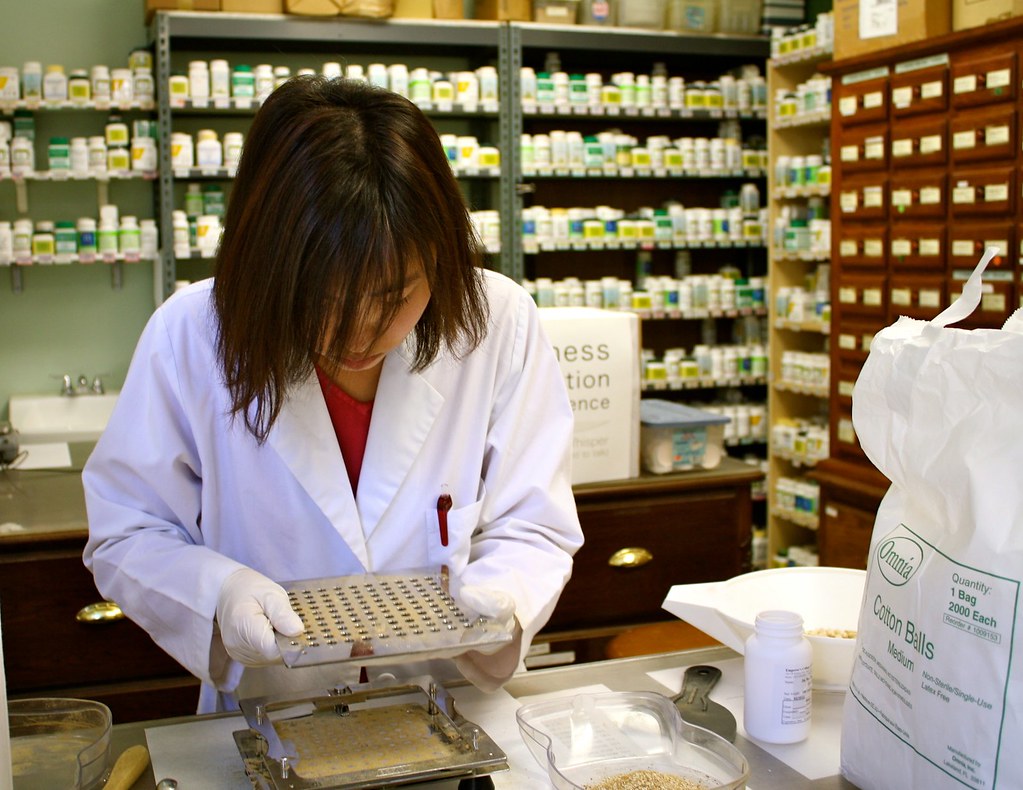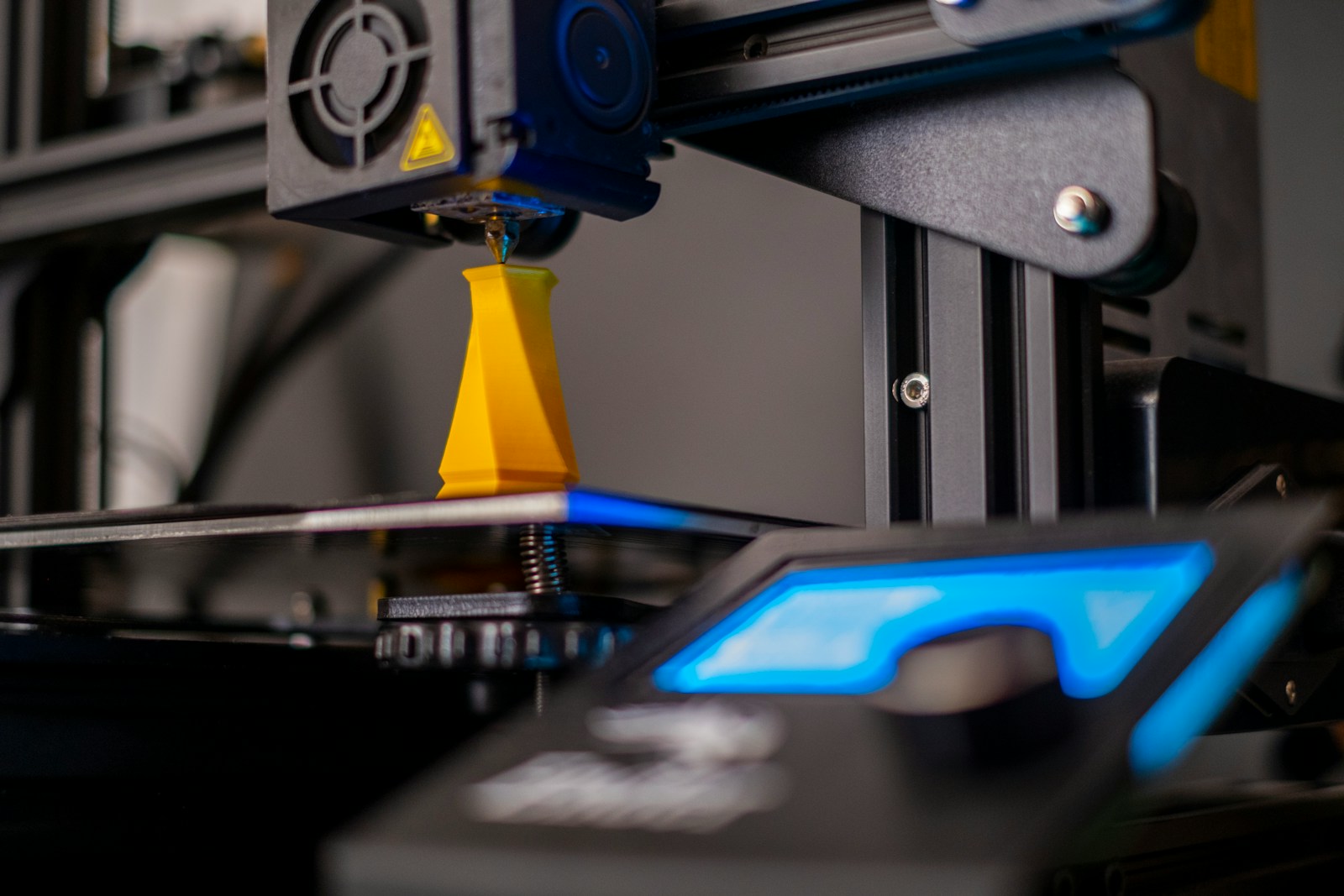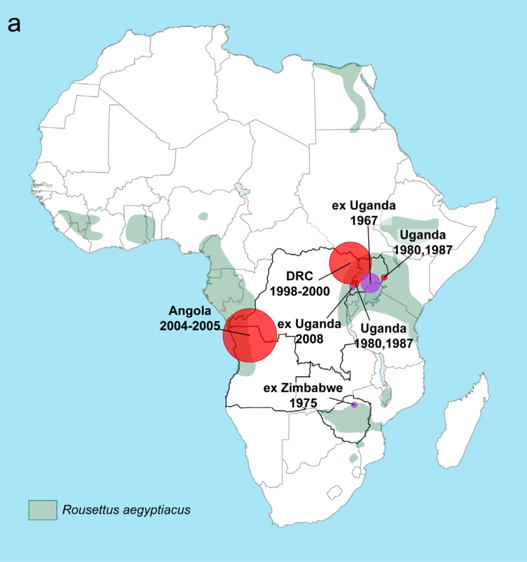Medicine
-

N-of-1 trials
By
N-of-1 clinical trials, also known as single-subject trials, focus on identifying the most effective treatment for individual patients by employing rigorous, data-driven methodologies. This essay explores the potential of N-of-1 trials in advancing personalized medicine, their historical context, design considerations, and future directions, emphasizing their compatibility with the broader goals of evidence-based medicine. While they…
-

3D Organ printing and regenerative medicine
By
Introduction 3D organ printing, also known as bioprinting, is a revolutionary technology that has emerged as a powerful tool in regenerative medicine. By enabling the precise deposition of cells, biomaterials, and bioactive molecules, bioprinting allows for the creation of complex tissue constructs and functional organs. This technology addresses critical challenges in healthcare, such as organ…
-

Advancement in human augmentation
By
Human augmentation represents a significant leap forward in the convergence of biotechnology, cybernetics, and artificial intelligence, among other fields. The goal is to enhance human physical and cognitive abilities far beyond their natural limits. This convergence has already started to blur the boundaries between human and machine, creating profound implications that warrant thorough investigation. Biotechnology…
-

Possibility of Marburg virus outbreak
The Marburg virus, a highly virulent pathogen belonging to the Filoviridae family alongside the Ebola virus, has re-emerged in recent years, triggering outbreaks that remind the world of its lethality. This virus, responsible for Marburg Virus Disease (MVD), causes severe haemorrhagic fever with a mortality rate often exceeding 80%. While MVD is less well-known than…
-

The dilemma of butter and margarine
Butter and margarine, both solidified emulsions of fats in water, may seem similar at first glance, but their production processes and historical trajectories are significantly more complex. Butter is derived from milk, while margarine is produced from vegetable oil. The science underlying these two spreads, however, extends beyond simple production methods. The chemistry of butter…